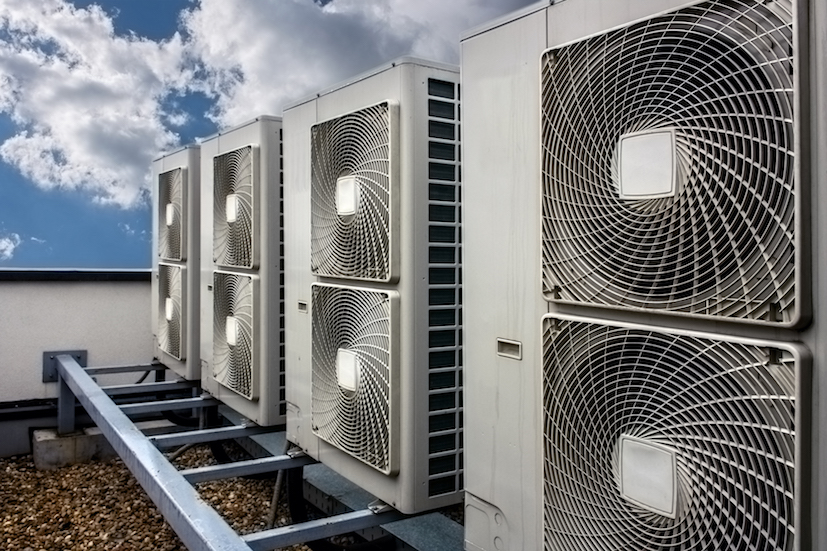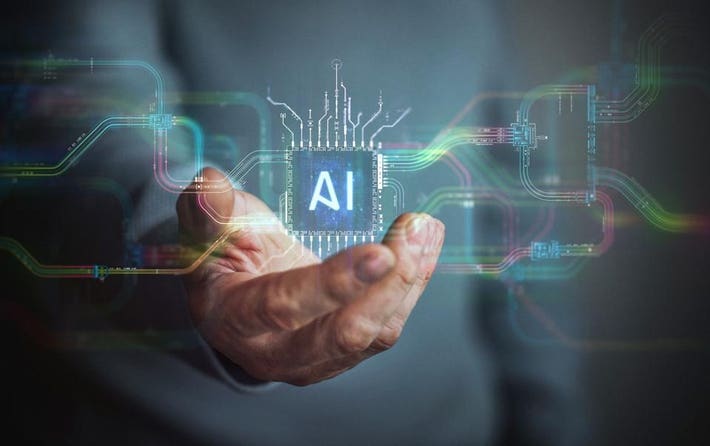In the ever-evolving world of technology, the integration of AI for multi-zone HVAC analysis has emerged as a transformative approach to enhancing both efficiency and comfort in heating, ventilation, and air conditioning systems. As industries strive for sustainable solutions, the role of AI becomes increasingly pivotal, especially in complex environments such as multi-zone HVAC systems.

Understanding Multi-Zone HVAC Systems
Multi-zone HVAC systems are designed to regulate temperatures across different areas or ‘zones’ within a building. These systems are particularly beneficial in large buildings where different rooms or sections may require varying levels of heating or cooling. The challenge, however, lies in effectively managing these zones to optimize energy use while maintaining comfort.
The Role of AI in Enhancing HVAC Systems
AI introduces a level of intelligence and automation that significantly boosts the functionality of multi-zone HVAC systems. By leveraging data analytics and machine learning, AI can predict temperature fluctuations, adjust settings in real-time, and even perform preventative maintenance. This leads to not only improved energy efficiency but also enhanced comfort for occupants.
Benefits of AI Integration
The integration of AI in HVAC systems brings numerous benefits:
- Energy Efficiency: AI optimizes energy consumption by adjusting heating and cooling based on real-time data.
- Cost Reduction: Through predictive maintenance, AI can foresee potential system failures and address them proactively, reducing repair costs.
- Enhanced Comfort: AI ensures consistent climate control, catering to the specific needs of each zone.
AI-Driven Predictive Maintenance
Predictive maintenance is one of the standout features of AI in HVAC systems. By continuously monitoring system performance and analyzing patterns, AI can predict when a component is likely to fail. This allows for timely interventions and minimizes downtime, ensuring the system operates at peak efficiency.
Implementing AI in Multi-Zone HVAC Systems
Implementing AI in multi-zone HVAC systems involves several key steps. First, comprehensive data collection is essential. Sensors placed throughout the building gather data related to temperature, humidity, occupancy, and more. This data is then processed and analyzed by AI algorithms to make informed decisions.
Data Collection and Analysis
Effective data collection is crucial for AI to function optimally. By leveraging IoT devices, HVAC systems can gather accurate data that feeds into the AI model. This data is then analyzed to identify patterns and anomalies, allowing the system to adjust settings dynamically.
Machine Learning and Model Training
Machine learning plays a vital role in the effectiveness of AI for HVAC analysis. By continuously learning from new data, the AI system refines its models, improving accuracy and efficiency over time. This ensures that the HVAC system remains responsive to changing conditions and user preferences.
Challenges and Considerations
While the benefits of AI in multi-zone HVAC systems are significant, there are challenges to consider. Data privacy and security are paramount, as sensitive information is gathered and processed. Additionally, the initial cost of implementing AI technology can be high, though the long-term savings often justify the investment.
Overcoming Implementation Challenges
To overcome these challenges, it’s important to work with reputable AI service providers and ensure robust security measures are in place. By doing so, organizations can safeguard their data while reaping the benefits of AI-enhanced HVAC systems.
Future Prospects of AI in HVAC
The future of AI in HVAC systems is promising. As technology advances, we can expect even greater integration of AI, leading to smarter, more efficient, and more responsive HVAC solutions. This will not only improve comfort and energy efficiency but also contribute to broader sustainability goals.
Expanding AI Capabilities
Future developments in AI will likely focus on expanding capabilities, such as integrating with other building management systems and enhancing user interfaces for easier control. The potential for AI to revolutionize the HVAC industry is immense, and ongoing innovation will drive further advancements.
Collaborative Efforts and Partnerships
Collaboration between AI developers, HVAC manufacturers, and building managers will be crucial in advancing AI technology. By working together, these stakeholders can create solutions that cater to the unique needs of different environments, further optimizing HVAC performance.
Conclusion
The integration of AI for multi-zone HVAC analysis marks a significant step forward in the quest for efficient and comfortable building environments. By harnessing the power of AI, industries can achieve enhanced energy efficiency, reduced costs, and improved occupant comfort. As we look to the future, the potential for AI to transform HVAC systems remains vast and exciting.
For more insights on how AI is transforming HVAC systems, visit our detailed guide on Intelligent HVAC Load Forecasting or explore our resources on Predictive Fault Management in HVAC systems.

FAQs
What is AI’s role in HVAC systems?
AI enhances HVAC systems by optimizing energy use, predicting maintenance needs, and improving overall system efficiency.
How does multi-zone HVAC differ from single-zone systems?
Multi-zone HVAC systems regulate temperatures across different areas of a building, unlike single-zone systems which manage a uniform temperature.
What are the benefits of AI in multi-zone HVAC?
AI improves energy efficiency, reduces maintenance costs, and enhances occupant comfort by personalizing climate control for each zone.
This article contains affiliate links. We may earn a commission at no extra cost to you.
